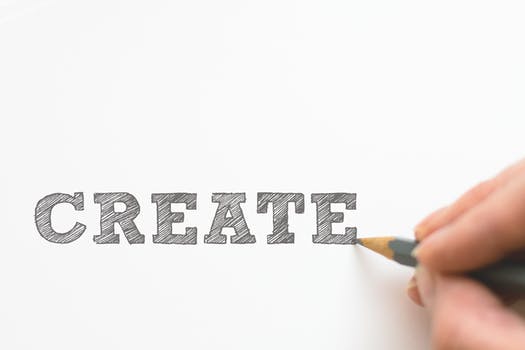Part 3: What do Scientists Say? (Neurobiology of Creative Blocks)
by Philip Ruddy, MA, Associate Marriage and Family Therapist
Below is Part 3 of my series of blog postings exploring research and opinions on the roots and causes of creative blocks. Because each case is unique, working with a professional therapist with experience in these areas, may help you more quickly explore, comprehend, and with time, better manage or even transcend your own blocks.
Could there be a biological cause for creative blocks? Some scientists and psychologists think so. In The Midnight Disease: The Drive to Write, Writer's Block, and the Creative Brain, author and neurologist Alice Weaver Flaherty (2004) theorizes that the source of writing and creativity lies within the cerebral cortex, and that writer’s block may be caused by a shift toward the fight-or-flight responses of the limbic system. She also noted that creativity appears to take place via an interaction between the frontal lobes, where imagination takes place, and the temporal lobes, where editing and evaluation occur. In her opinion, successful creative output appears to be correlated more with drive than skill, and that depression and anxiety appear to decrease creativity.
In a 2004 article, Joan Acocella, dance and book critic for The New Yorker, described a variety of prescription-based medications which have been prescribed by doctors to treat writer’s block, ranging from antidepressants like Prozac, to stimulants such as Ritalin. This follows the hypothesis that such blocks may be linked to attention deficit disorder. Any course of medical treatment should only be taken after reviewing risks and benefits with a medical doctor, however.
Although it is a common belief that the left hemisphere of the brain governs logic and reason, and the right hemisphere is the home of creativity, according to Scott Barry Kaufman (2013), a psychologist and science writer who studies intelligence and creativity, some neurobiologists have found that the entire brain is at work during the creative process. Kaufman identified the three major networks involved as the executive attention network, the imagination network, and the salience network, which operate together or individually, depending upon the creative task at hand. Neuropsychologist Rex Jung suggest that when one wishes to mute the inner critic and engage in free thinking or imagination, the executive attention network must be quieted and activation of the imagination and salience network increased. Studies on jazz musicians and rappers engaging in creative improvisation support this. Flow isn't just an acquired skill, it's quite literally a state of mind. (Kaufman, 2013).
Psychologist Mihaly Csíkszentmihályi (2008), author of Flow: The Psychology of Optimal Experience, spent years researching the states that artists, musicians, athletes, and others enter when they are optimally immersed in their craft. He assigned a number of qualities to the state of being in flow, including intense and focused concentration, a merging of action and awareness, the loss of a sense of self, feelings of control, a sense of time being altered, and an experience of the activity in which one is engaged as being satisfying and rewarding. In his successful follow-up, Creativity: Flow and the Psychology of Discovery and Invention, Csíkszentmihályi (2009) also offered a number of suggestions for increasing one’s personal creativity, which include cultivating curiosity, surprise, and openness; making time for reflection; pursuing joy; and embracing complexity, change, and innovation.
Wishing you courage and creativity!
Philip Ruddy, MA, Associate Marriage and Family Therapist
Philip Ruddy, MA, LMFT #10475 helps creative artists, writers, producers, directors, punks, comics, rockers and film / music professionals explore, manage and often transcend anxiety, depression, career / creative blocks, midlife transitions and relationship issues. Call (424) 354-3910 today for a free 20-minute consultation, and take the next step on your personal creative journey.


